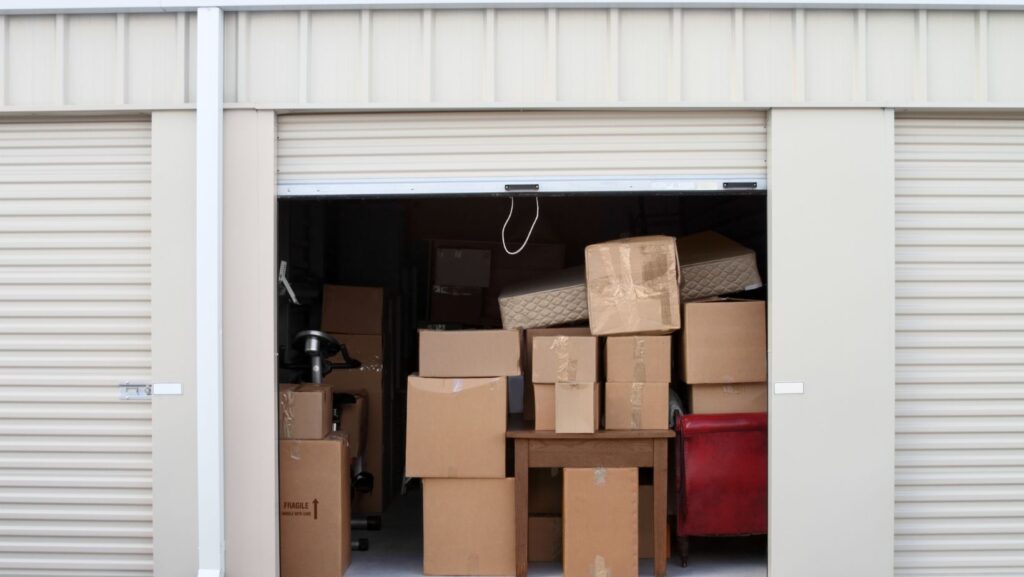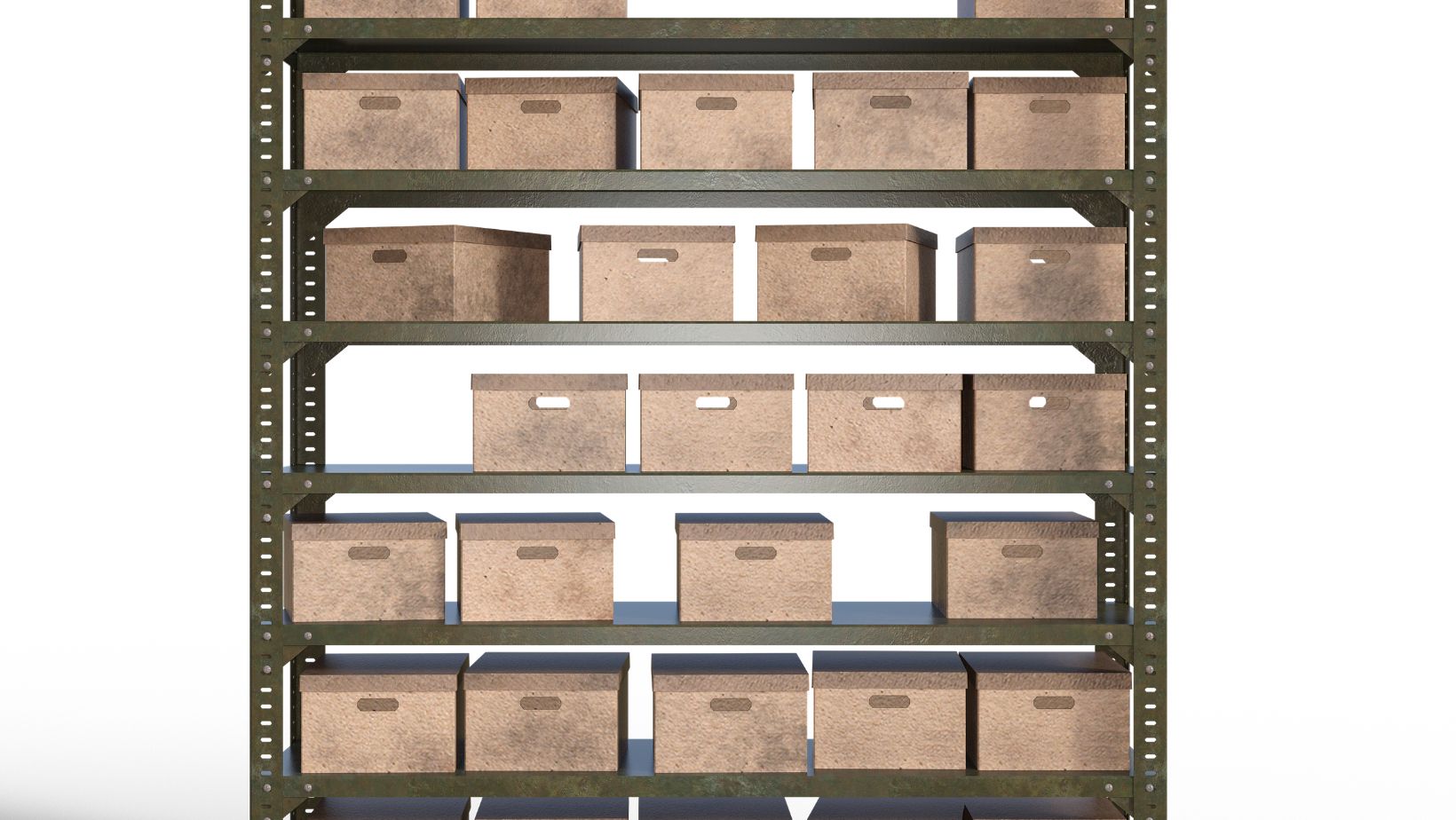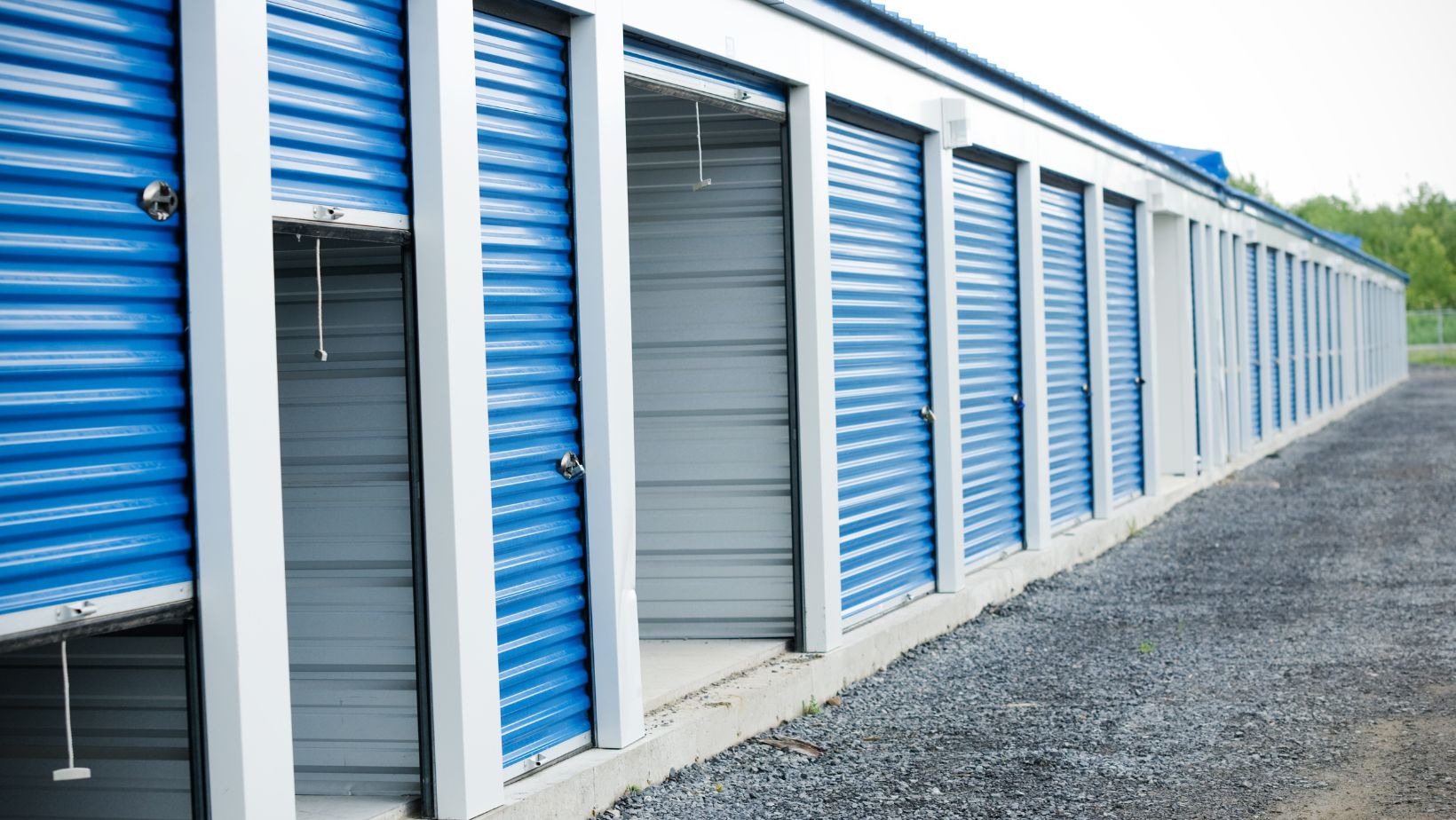
As seasons change, pack up out-of-season clothes taking up precious closet real estate and move them into self storage. For instance, during hot summer months, Natalie filled her unit with sweaters, coats, scarves and boots not needed until winter returns. Removing garments that are unlikely to get worn in upcoming months simplifies wardrobe selection each day. Plus, her closet gained back space for neatly arranging in-season essentials without a cramped mess of excess attire causing anxiety. This storage hack maintains access while de-cluttering overstuffed closets and drawers for seasonal sanity.
Storing Unused Furniture Opens Up Living Space
As time passes, furniture styles change, and once-loved pieces fall out of use for homeowners. Rather than selling items for pennies on the dollar or tossing them out, use self storage from trusted names like iStorage to archive decent quality goods no longer fitting rooms.
As professional organizer Lisa Adams notes, “Items with sentimental or monetary value are ideal storage candidates during life transitions.”
Eliminating unused furnishings clears out space for reconfigured layouts or new comfortable additions suiting current needs and aesthetics. Retrieving stored furniture later or passing beloved inheritances to the next generations remains possible while immediately improving livability.
Archiving Paperwork Reduces Home Office Clutter
Technology simplifies organizing documents without overflowing file cabinets. Scan and then securely store years of paper records in climate-controlled storage per National Archives guidance.
Top papers for archival include:
- Tax returns
- Medical records
- Bank statements
- Utility bills
- Real estate files
Digitizing paperwork curbs cardboard box clutter while retaining vital access. An ancillary bonus? Searching digital copies saves hours hunting misplaced papers!
Note: Ask self storage staff about e-inventory capabilities allowing users to review archived box contents remotely online.
Storing Infrequently Used Items Restores Home Functionality
As hobbies evolve and kids grow up, once-beloved sports gear, instruments, and non-essential appliances often get relegated to basement purgatory.
As professional organizer Lucy Chang confirms, “We recommend clients clear out things used less than twice yearly for better daily quality of life.”
Renting outlying storage frees up garage, closet, attic rooms better utilized as living areas. First, categorize items by type and snap photos for insurance purposes later. Carefully pack delicate possessions with wrapping materials from home improvement stores using video tutorials as guides.
Make an itemized movable inventory with unit locations, facilitating easy swaps when needs arise. Retrieving cherished items stays convenient year-round without sacrificing square footage at home.
Organize Items by Type for Instant Accessibility
Getting things out of the way doesn’t mean losing track. For quick retrieval, compartmentalize belongings:
- Stack plastic labeled bins holding camping, fitness, auto care, and household supply overflow, according to the Consumer Financial Protection Bureau.
- Neatly hang formalwear and special occasion outfits in portable garment bags.
- Corral kids’ off-season toys, costumes, and artwork together safely.
- Sort seasonal decor by holiday.
Grouping similar items in designated areas within units mimics store layouts, making later swaps painless. Tidy organization eliminates forgetting what got stored where during cleanout.
Prevent Excess Shopping When Space Runs Out
Once self-storage reaches capacity, reassessing new purchases becomes essential to avoid overflowing your home again. Experts recommend living by the “one in, one out rule” covered in guides about maintaining good nutrition and health through mindfulness. For every new item brought home, donate, sell or trash something already owning its equal space. Periodically review online auction/resale shop listings to value lesser-used goods potentially stashed away.
Consider if retrieving stored sports tools for kids outweighs selecting new ones. Keeping material excess in check eliminates wasting money and resources on unneeded duplicates over time.
Stat Box: The average American household spends $1,700 annually on impulse purchases. 17% of self-storage customers are compulsive shoppers.
Tackling Home Projects After Decluttering
Finally clearing years of accumulated clutter held in basements, garages, and storage rooms allows homeowners to comfortably tackle deferred home upgrades. Now space gets freed up for remodeling, renovations, reconfigurations matching current aesthetic and functional needs. Without navigating piles randomly everywhere, house projects feel manageable rather than impossible dreams. Use the decluttering momentum to gain back square footage and increase dwellability.














